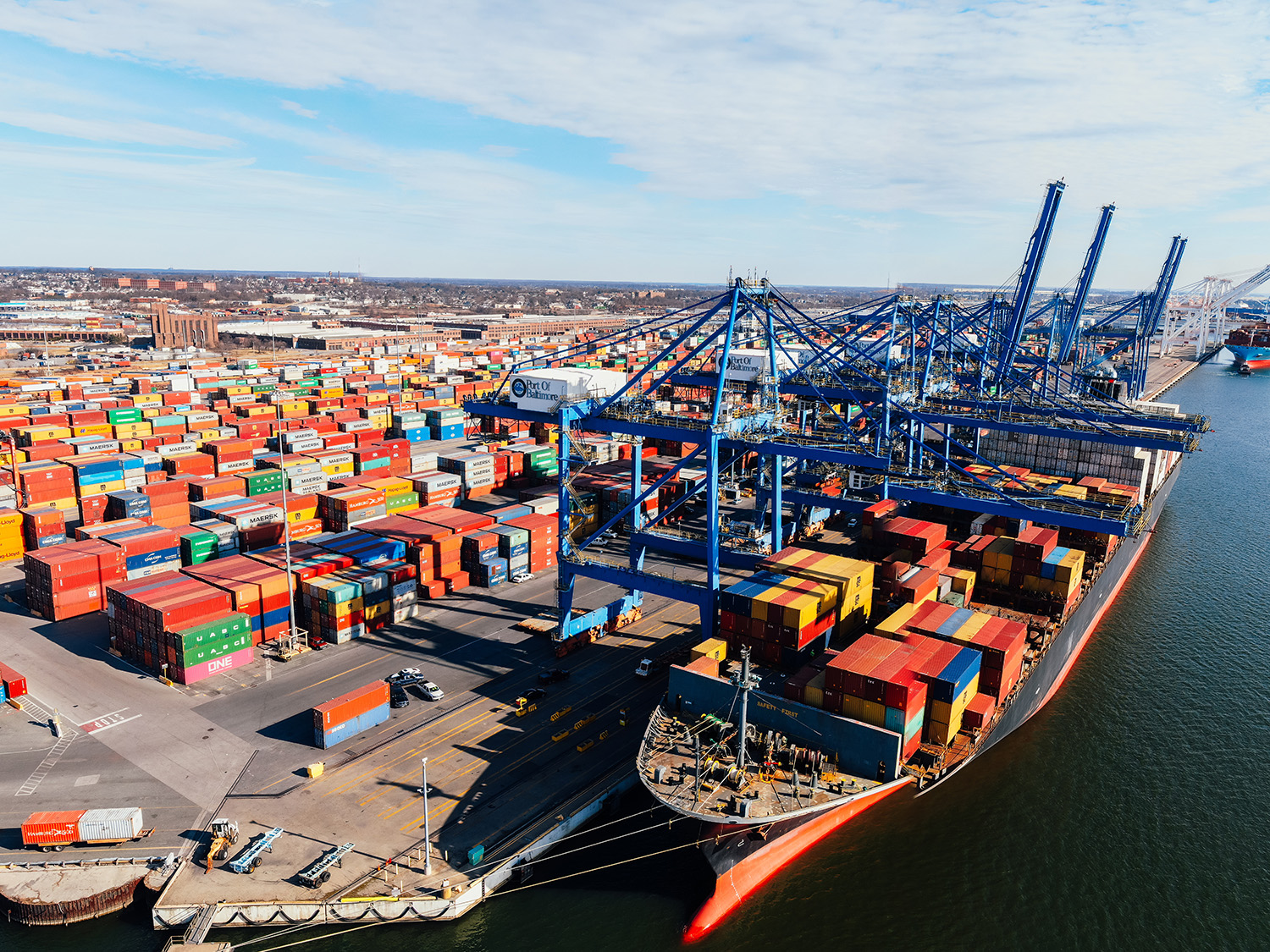LNG as a marine fuel “would have to further green itself as a bunker fuel” to offer a long-term cleaner shipping solution, the Maritime and Port Authority of Singapore Chief Sustainability Officer Tham Wai Wah told S&P Global Commodity Insights in a recent interview.
Greenhouse gases emissions reduction in the global shipping industry has been gaining traction, with all eyes now on a key International Maritime Organization meeting — the 80th session of its Marine Environment Protection Committee, or MEPC 80 — in July for further action on this front.
“Should the IMO goal be significantly enhanced at the 80th session of the Marine Environment Protection Committee this July, for instance, quite a number of countries have proposed a net-zero goal by 2050 — this implies that LNG will need to accelerate its own transition from its current form,” Tham said.
Fossil LNG is considered a crucial “transition” fuel for sustainable shipping, as it immediately cuts greenhouse gases emissions from ships on a full lifecycle, well-to-wake basis, Tham said. According to industry estimates, that can be as much as 23% compared with very low sulfur fuel oil, with scope for further improvement.
One way to ‘green’ LNG is using biogas to replace part of it, or produce synthetic ones, Tham said.
“The process is still quite difficult and very energy consuming. The amount is going to be small, but once the ambition goes up … you can see LNG will have to accelerate the transformation even faster,” said Tham.
Green LNG
LNG is still a fossil fuel and the MPA is “also placing emphasis on providing a broad range of fuel solutions to meet future energy needs of the global shipping industry,” Tham said.
But LNG could still exist in 2050 as it accelerates its transition to decarbonization, Tham said.
According to the results of a study commissioned by SEA-LNG that were released in 2022, bio-LNG can meet a significant amount of future shipping demand and contribute significantly to shipping’s decarbonization.
Findings of the study showed that pure bio-LNG could cover up to 3% of total energy demand for shipping fuels in 2030 and 13% in 2050. As a drop-in fuel blended with fossil LNG, bio-LNG could cover up to 16% and 63% of the total energy demand respectively in 2030 and 2050, assuming a 20% blending ratio, SEA-LNG said.
In S&P Global’s Freight Markets Bunker Forecast for June, analysts said that while momentum is expected to build for alternative fuels, a lack of ample fuel availability and scaling up of actual engines for these fuels were the main impediments.
“Until then LNG and bio-fuels, along with a handful of methanol, are the main candidates to fill the slots until the new fuels are tested and more prevalent,” the forecast said.
S&P Global’s reference case for global bunker fuel demand in 2050 has been estimated at about 300 million mt. LNG will likely comprise 12% of the bunker fuel mix in 2050 in the reference case, while its share in the total mix could reach 32% in S&P Global’s higher alternative fuels uptake case.
Singapore LNG bunker supply licenses adequate
Singapore has already been at the helm of undertaking various initiatives to promote LNG bunkering in Asia.
As early as 2017, the city-port launched a technical reference, called TR 56, to cover custody transfers procedures, quantity, and quality measurement for conducting LNG bunkering operations in Singapore.
“LNG bunkering is no longer a pilot in Singapore,” Tham said.
The port of Singapore recorded 47.9 million mt in bunker sales in 2022, according to MPA data. LNG bunker fuel sales in Singapore stood around 16,000 mt of LNG in 2022, plummeting about 68% year on year as soaring LNG prices forced maritime players to scout for other alternative fuels, including biofuels.
The Platts Asia JKM Japan/Korea DES spot prices hit a historic high $84.762/MMBtu on March 7, 2022, according to S&P Global data, following Russia’s invasion of Ukraine. Platts assessed JKM for August at $12.049/mt on June 28.
The Platts-assessed Singapore LNG bunker fuel price averaged about $33/MMBtu in 2022, compared with about $19. 99/MMBtu in 2021.
The MPA expects LNG bunker fuel demand to recover in 2023 as global LNG prices have weakened, but the port authority has no plans to issue more bunkering licenses for now.
Pavilion Gas, FueLNG and TotalEnergies have an LNG bunker supply license in Singapore.
“We are expecting to see a rise in demand of LNG compared to last year, and the three [LNG] bunkering suppliers will be able to support this demand,” said Tham.





